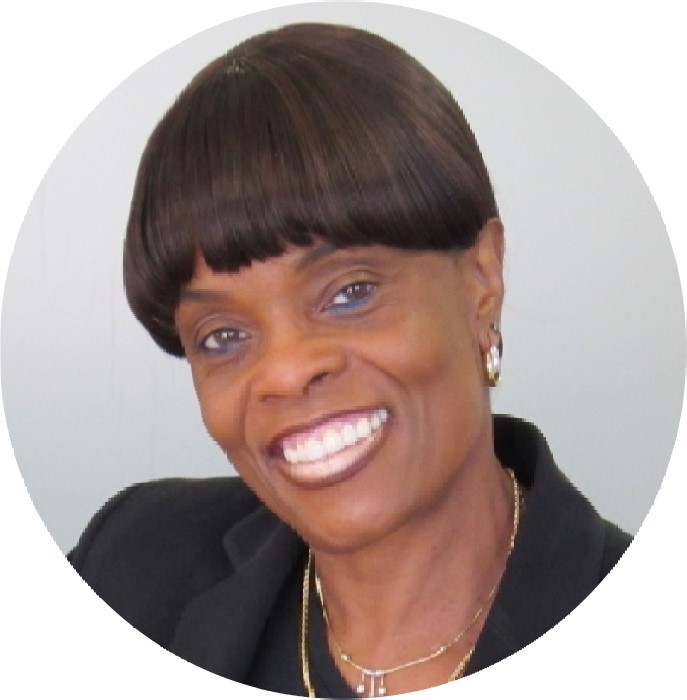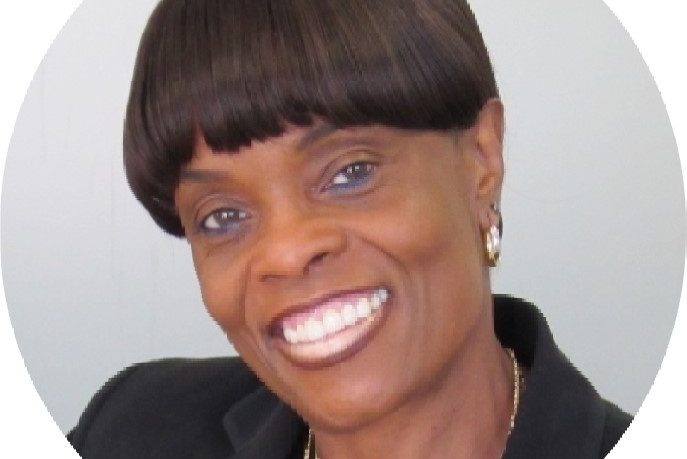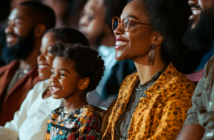By Cheryl Calhoun
When I was 16, I moved from Washington, D.C. to midtown Los Angeles (LA). I expected my life in LA to be different. Yet, I never imagined the air I breathed would be so different. Every day, our family would judge the air quality on whether we could see the mountains or if the brown haze of smog covered them. I remember when the city would shut down because the smog was so bad we weren’t allowed outside.
 Cheryl Calhoun is chair of the American Lung Association National Board of Directors. (Courtesy photo)
Cheryl Calhoun is chair of the American Lung Association National Board of Directors. (Courtesy photo)
Forty years later, the air is better. Los Angeles, Calif., and the country have made much progress in cleaning up air pollution. Unfortunately, LA consistently remains the smoggiest city, or the city experiencing the worst ground-level ozone pollution, in the country. And that burden of air pollution is not shared equally. Black communities are disproportionately exposed to it due to a long legacy of environmental injustice.
In the 1930s, the federal government’s redlining and the resulting disinvestment in Black communities contributed to lasting disparities in air quality. Even today, Black individuals are disproportionately exposed to air pollution. While this racist practice was outlawed in 1968, it is still more likely for freeways, power plants, and other polluting sources to be placed in neighborhoods where African Americans and other communities of color live.
Today, racial disparities are still very much evident living in LA. The difference in air pollution levels between south LA, predominantly communities of color, and western LA is so stark that they are like two completely different cities. Unfortunately, this is the case in too many Black communities across the country.
The American Lung Association recently released its 2024 “State of the Air” report, which grades exposure to unhealthy levels of ground-level ozone air pollution (also known as smog) and short-term spikes and the annual average of particle pollution (also known as soot) over a three-year period.
The report cemented what too many like me know to be true — Black people and other people of color are disproportionately exposed to unhealthy air. The report found that a person of color in the U.S. is 2.3 times more likely than a White individual to live in a community with a failing grade on all three air pollution measures. On top of that, people of color are also more likely to be living with one or more chronic conditions that make them more vulnerable to the health impact of air pollution, including asthma, diabetes and heart disease.
Breathing clean air is a right, not a privilege, so we need to do more to ensure that everyone — no matter where they live, what they earn, or who they look like—has clean air to breathe. While we can all make personal changes, the federal government has the power to make changes that impact millions. In fact, the U.S. Environmental Protection Agency (EPA) has recently finalized several strong rules that will help clean up the air, including standards to make our cars and trucks cleaner and tighter limits on soot. However, one big remaining item on their to-do list is the EPA must set long-overdue stronger national limits on ozone pollution.
Ground-level ozone pollution, which I experienced growing up in LA, is one of the most widespread pollutants. More than 100 million people in the U.S. live in places that experience unhealthy levels of ozone pollution. When ozone levels are high, many people experience breathing problems such as chest tightness, coughing and shortness of breath, often within hours of exposure. Even healthy young adults may experience respiratory symptoms; however, children, seniors, those who are pregnant, and people with lung disease are among those at greater risk, as are low-income communities and communities of color.
Stronger limits would drive cleanup of polluting sources across the country, including in the most impacted neighborhoods. They would also give people more accurate information on when they are breathing unhealthy levels of ozone pollution so they could take steps to protect themselves.
It is unacceptable that health disparities persist in my community. While many factors contribute to the health disparities experienced by African Americans, and it is a complex issue, we have solutions and the technology to improve our air quality. Cleaner air means fewer asthma attacks in kids, better pregnancy outcomes, fewer trips to the hospital for our elders with chronic lung disease, and so much more.
Certain industries oppose increased EPA action to set stronger ozone pollution standards. They even sometimes assert that after decades of reductions in air pollution, the air is “clean enough.” While we have made progress in cleaning up ozone pollution, many communities still breathe in dangerous levels. Climate change makes it easier for ozone to form and more difficult to clean up. On top of that, just one day of exposure to unhealthy levels of ozone pollution can result in a person struggling to breathe or even being hospitalized.
The bottom line is that stronger air pollution standards improve our health and save lives. It is especially critical in my community, which is impacted most by chronic health conditions and poor air quality. Now is the time for President Biden and the EPA to set stronger standards for the most widespread pollutant in the U.S., ozone pollution. The time is now to drive toward a future of environmental justice in this country.
This article was originally published by Word in Black.
The post The ‘State of Our Air’ is not equal, but it can be appeared first on AFRO American Newspapers.


